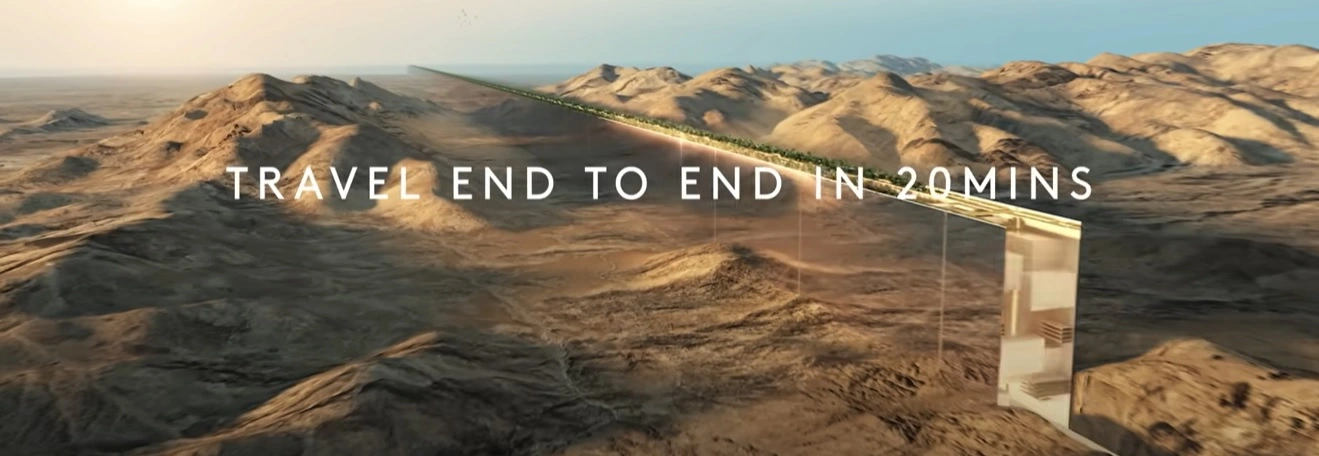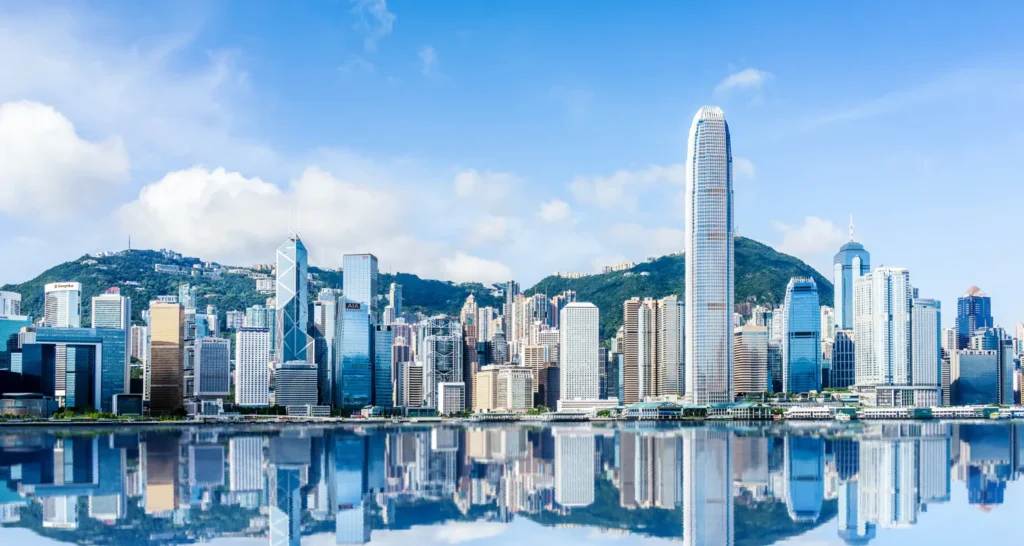The Mirror Line in Neom Saudi Arabia. The Saudi prince approved the construction of a giant “lying skyscraper”, which is to become the largest building in history. It will also be the most environmentally friendly in the world. The press and social networks are full of outraged opinions: “it’s anti-utopia!”, “the project is crude!” and the like. However, purely technically it is not so: the “Mirror Line” for five million residents can be built. And such a building would indeed be energy efficient (and formally carbon-free). But the project has other weaknesses, which lie more in the sphere of science than technology.

The Race for the Biggest Buildings
The Arab world – like the entire Middle East – did not start yesterday to raise the prestige of its rulers with the largest or most bizarre buildings. The Pyramid of Cheops, the Hanging Gardens of Semiramis and even the Tower of Babel (only 91 meters tall, though) are quite an impressive list. The classic explanation for such megaprojects, whether in ancient times or today, is the same: they express the power of a ruler, impress his contemporaries, and create a strong cultural influence that lasts for centuries and millennia.
In addition to these familiar motives, Saudi Prince Mohammed bin Salman has a new, sharply fashionable one: carbon neutrality. It is no secret that Saudi Arabia has big problems with energy efficiency. But it’s not just that a big carbon footprint is unfashionable.
How real is a 170km long anti-utopian Neom city?
The Western world is actively discussing that goods from such “carbon” countries should be heavily taxed on import. Make “non-carbon-neutral” nations pay for their unjust lives. Nothing new in principle: the repression of Muslims and Jews in Torquemada-era Spain already included the alienation of surplus value in exchange for not conforming to the then moral standards of the Western world. So we are talking about a very real prospect.
According to published data, the width of the skyscraper city will be only 200 meters, there will be no cars or roads inside the structure, and residents will be able to move by high-speed rail, which will get people from one end to the other in just 20 minutes.
Construction of the Neom linear city in Saudi Arabia has already begun, and it is projected that by 2030 1.5 million people will be living in the Mirror Line (and, according to plans, up to five million people in the future).













